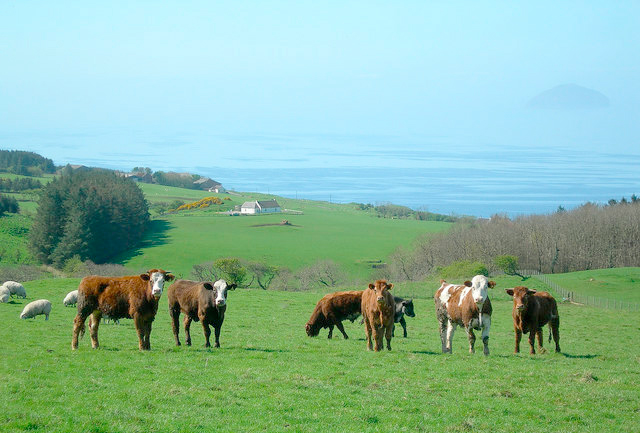
Global beef supply is in a 'tightening phase', with most key producers experiencing record tight supplies, according to a new report.
Further tightening is expected throughout the remainder of 2014 and into 2015. Russian import bans are unlikely to have a large impact on world beef markets with Brazil’s industry likely to be the ban’s largest beneficiary. The impact on major exporters, such as Australia and the US, will be minimal given increased impediments to trade with Russia prior to the current ban.
“There is largely positive news for the global beef industry as strong demand and tight supply are showing no signs of slowing, pushing prices, in some cases record prices, even higher”, explains Rabobank analyst Angus Gidley-Baird.
Beef producers in some countries, such as the United States, Brazil and New Zealand, are welcoming record prices, as supplies remain tight and international demand very strong.
Brazilian beef exports are expected to continue to grow, given the reopening of the Chinese market, which has been closed since a case of BSE was registered in 2012.
Russia's ban on imports from the EU, Australia and the US will support an increase in Brazilian trade.
"It is important to note that the impact on large exporters such as the US and Australia will be minimal, as both countries have seen exports to Russia diminish in recent years, as opportunities emerged in other markets and impediments to trade with Russia had already increased prior to the ban," Gidley-Baird said.
Explosive volatility and record prices describe the US cattle and beef complex. In the past quarter, fed cattle prices rallied from lows to an all-time record high.
US beef production from January to August was down 5.6%.
?For China, tight supply continued in Q3 2014. Beef prices have been stable throughout Q2 and the first two months of Q3, staying at a high level. At present, the retail price is CNY 63/kg, 6% higher than the same period in 2013.
As the peak season for meat consumption starts in Q3 with the arrival of festivals and cold weather, beef prices are expected to increase further throughout the remainder of Q3 and Q4 2014.
In terms of profitability spreading along the supply chain, Chinese beef farmers’ margins in August increased to CNY 1450/head (each head equals 500 kg), up 16.7% compared with Q2. Slaughtering margins decreased to CNY 410/head (down 44% compared with Q2), while retail margins increased to CNY 1699/head.
In general, the astonishing growth seen in 2013 is not expected to be sustained into the remainder of 2014, as expectations of higher international beef prices will limit China’s ability and willingness to pay for more expensive beef.
The EU beef market remained under pressure during the summer, with cattle prices declining in all categories.
Despite lower supply, with reduced slaughter levels (head -1.5%), lower production (volume -0.7%), higher exports (+31%) and slightly lower imports (-3%) during the January-to-June period, the lacklustre demand and changing retail requirements could not be compensated for.
EU beef demand remained pressure-driven by lasting high retail prices.
Retail has not yet incorporated the declining cattle prices at farm and wholesale levels to regain part of the lost margins in 2012/2013. In these years, the rapidly rising raw material prices were just partly forwarded to consumers.
Retail requirements—especially in north-western Europe—are changing to younger and generally lower-priced animals.
The main drivers are the ability to offer lower-priced beef and become more competitive in the highly-competitive retail markets in this region of the EU, along with changing consumer demand for convenience products such as (value) burgers, which require less prime beef.
For the remainder of 2014, the EU beef market is expected to remain under pressure and at best stabilise.
Even the seasonal increase in demand is unlikely to result in higher prices, given the increasing competition with lower pork and poultry prices.
